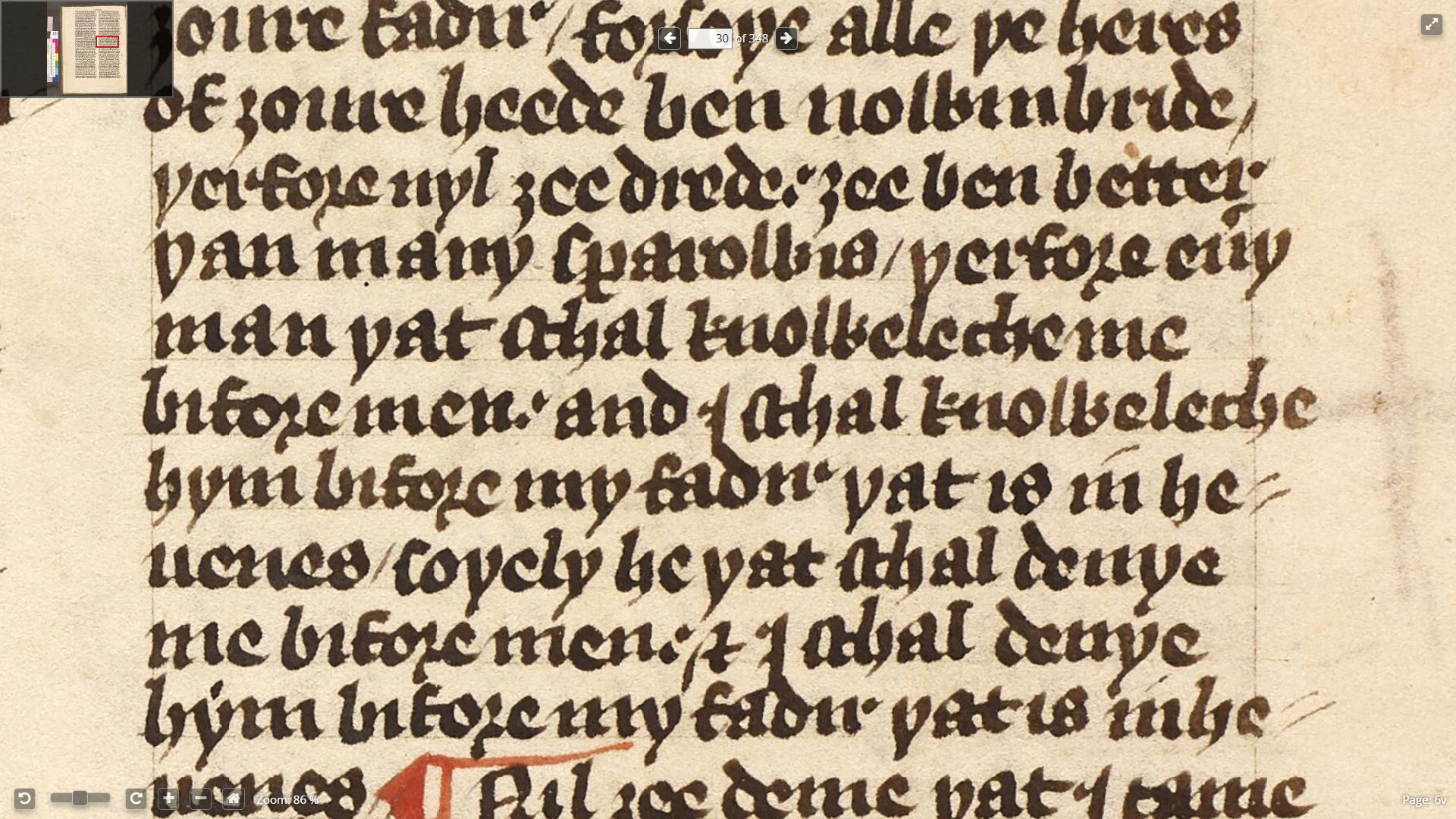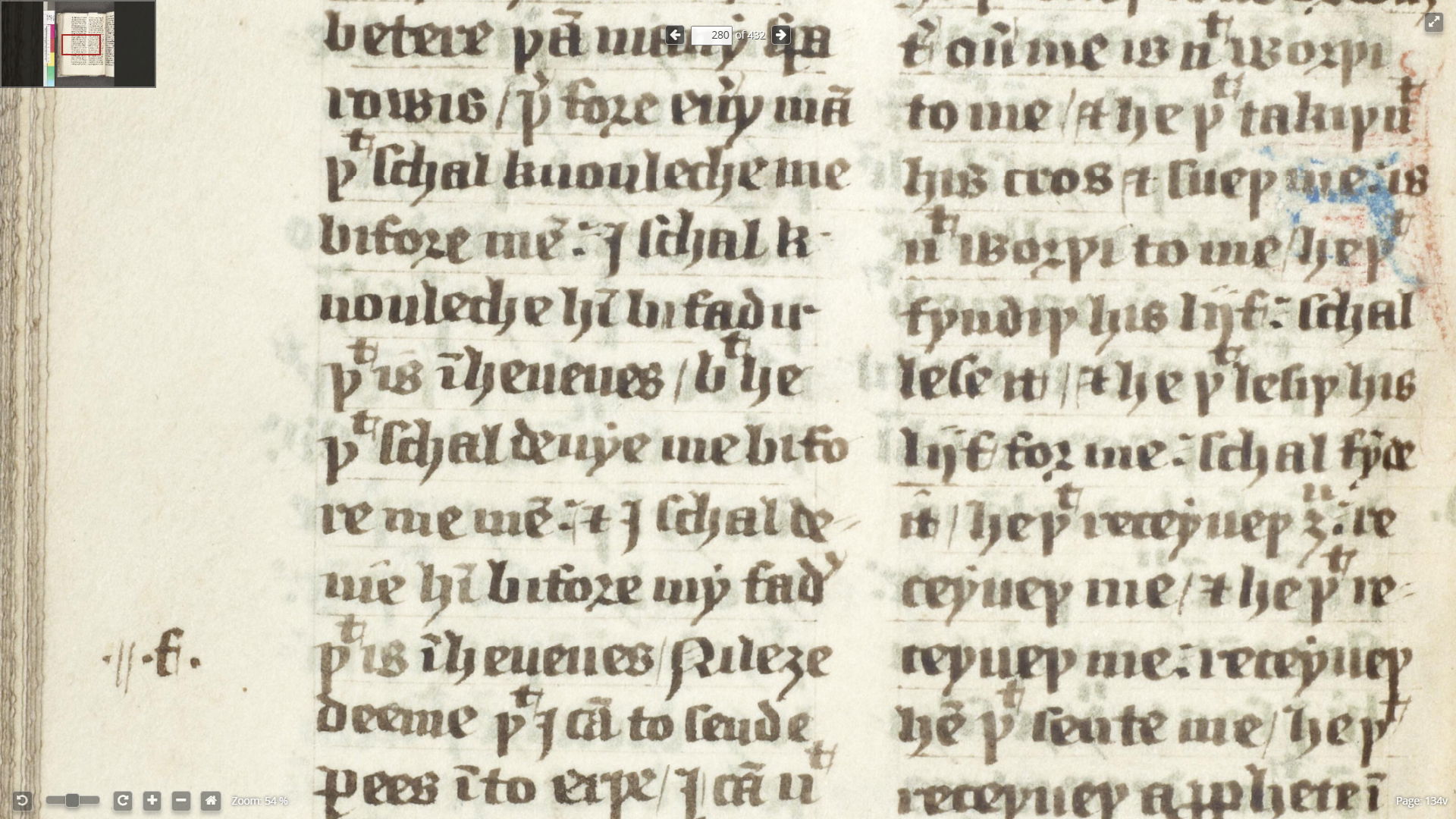St Catherine's Church, Montacute
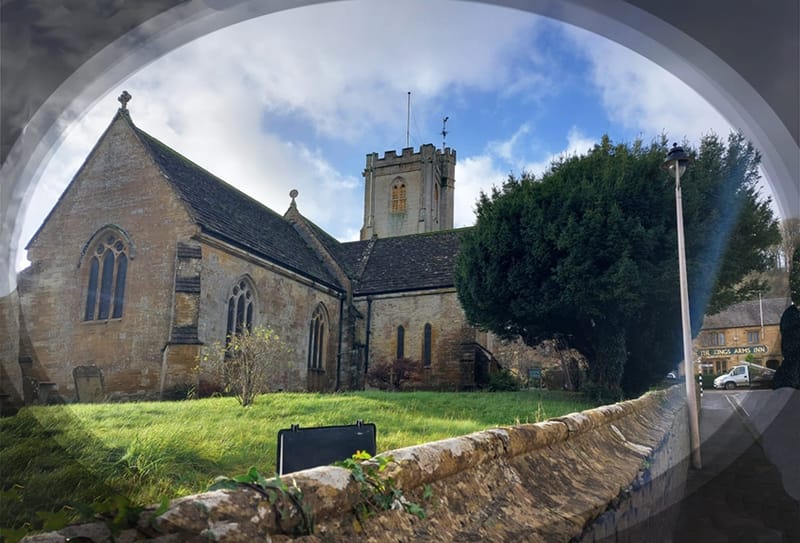
Click here for the St Catherine's webpage; they have recently published their fascinating Church Heritage Trail pamphlet which can be found inside the church, it is well worth reading.
St Catherine's church clock is ancient. Its refurbishment in 2025 was documented by TV crews who filmed its removal and its replacement. I hope to include a bit more about the Humphrey Hamlin clock very soon.
Although it underwent a major rebuild in the 1870's, St Catherine's Church dates back to Norman times, with the earliest reference placing it in the graveyard of the Cluniac Priory before 1175 (see below). The Cluniac Priory also had their own Chapel of St Peter and St Paul, and there was probably also a chapel dedicated to St Michael associated with the Norman Castle where the tower is now, on top of St Michael's hill. The first version of St Catherine's Church was much smaller than today's church and probably stood on the footprint of the chancel of the present-day church; that's the part going up to the alter which has the choir pews down each side (a picture of the view through the arch into the chancel from nave is shown below).
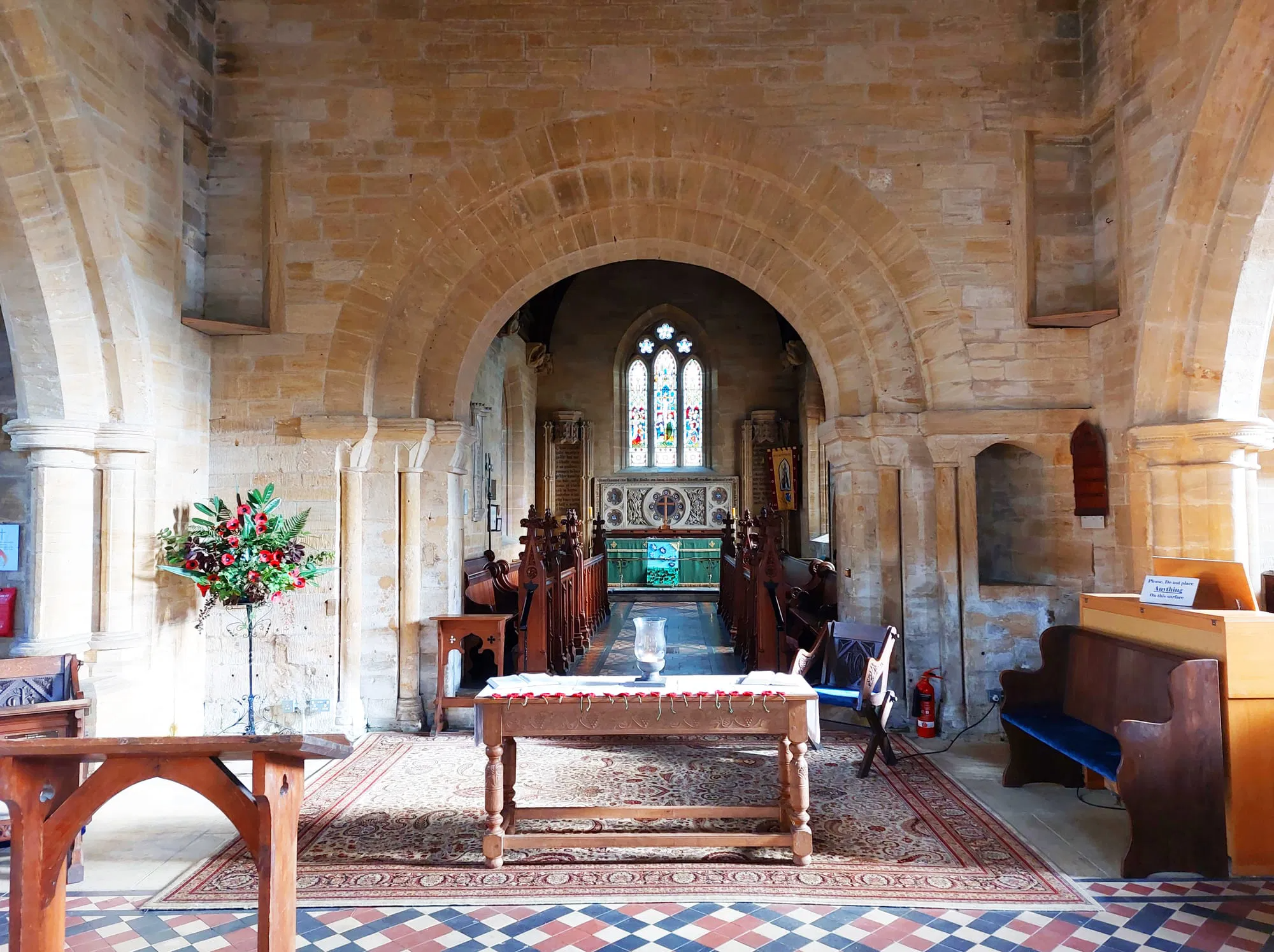
The original chapel here was demolished (it may have been destroyed by fire in 1207) and replaced by a new church dedicated to St Catherine. Although there are 10 saints named Catherine (Katherine/Caterina etc) only Catherine of Alexandria (of 'Catherine Wheel' fame) was canonised prior to the 15th century; the church sports a hamstone Catherine Wheel motif on the gable end of the nave roof. (The nave is the main open area of the church where the congregation sits; it runs from the base of the tower at the west end of the church to the chancel at the east end). As you go into the Church if you look at the left hand wall of the nave you can see a decorative arch of hamstone set into the plaster above an internal window. This came from the original chapel and the pinkish-tinge could be due to fire-damage (photo below). According to the Victoria County History for Somerset (VCH III) "the only recognizable features which survive from the first church, built perhaps c. 1170", are the Norman chancel arch (photo above), the re-set voussoirs (wedge-shaped stones used to create curved stonework) of the decorative arch set into the north wall of the nave (photo below), and one of the brackets supporting the present organ loft (photo below). VCH III goes on to say the present-day chancel, transepts, and north porch are from the 13th century when the church was enlarged (possibly after a fire). I haven't found a date for the building of the nave but VCH III says it was remodelled in the 15th or early 16th century, and the tower may have been built in the early 16th century at the same time as the Priory gatehouse.
Photo below - decorative arch, possibly from the original 12th century church; pinkish tinge may be fire damage:
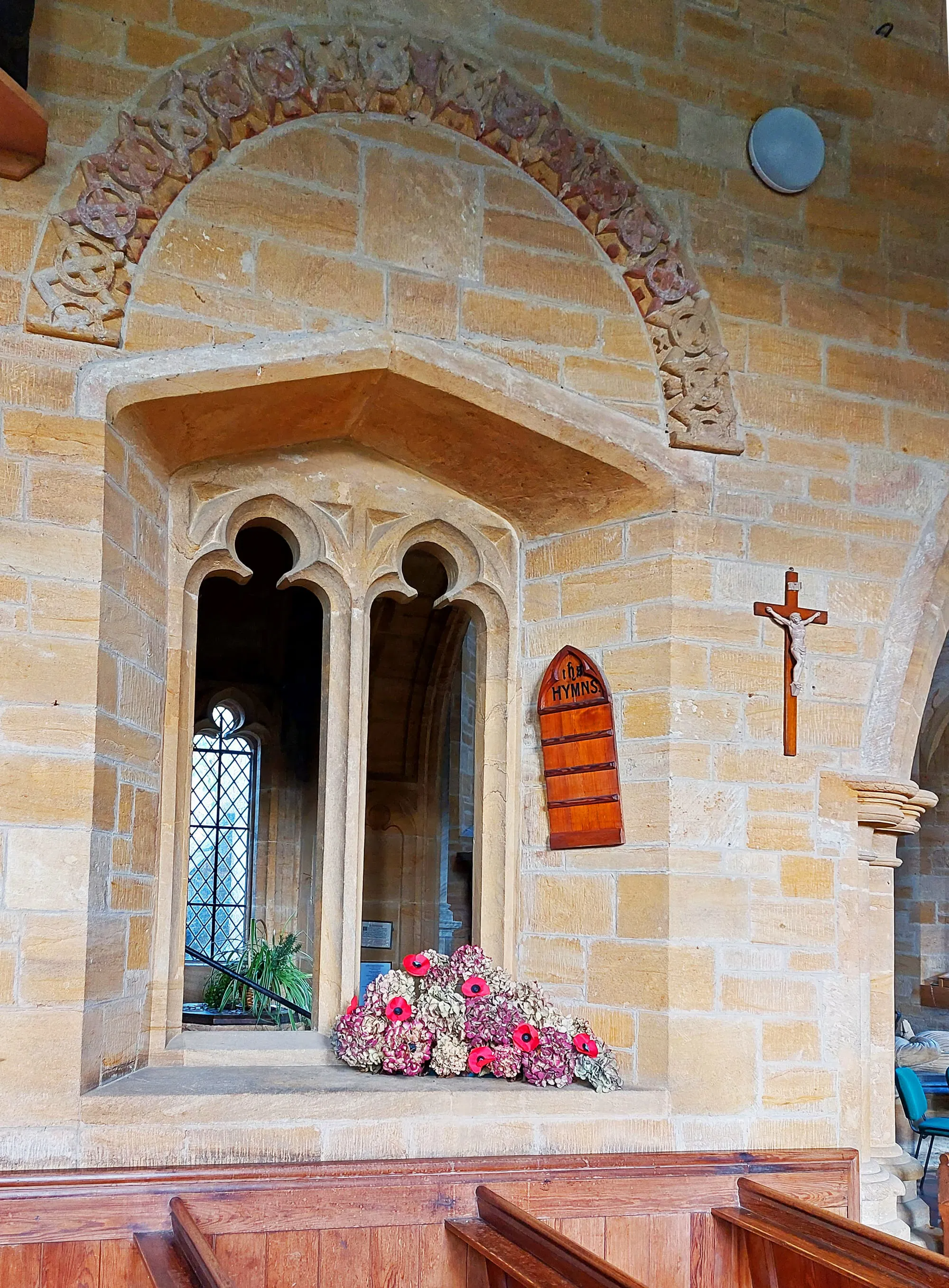
Picture below - organ loft with later corbels modelled on the older one at the right of the picture:
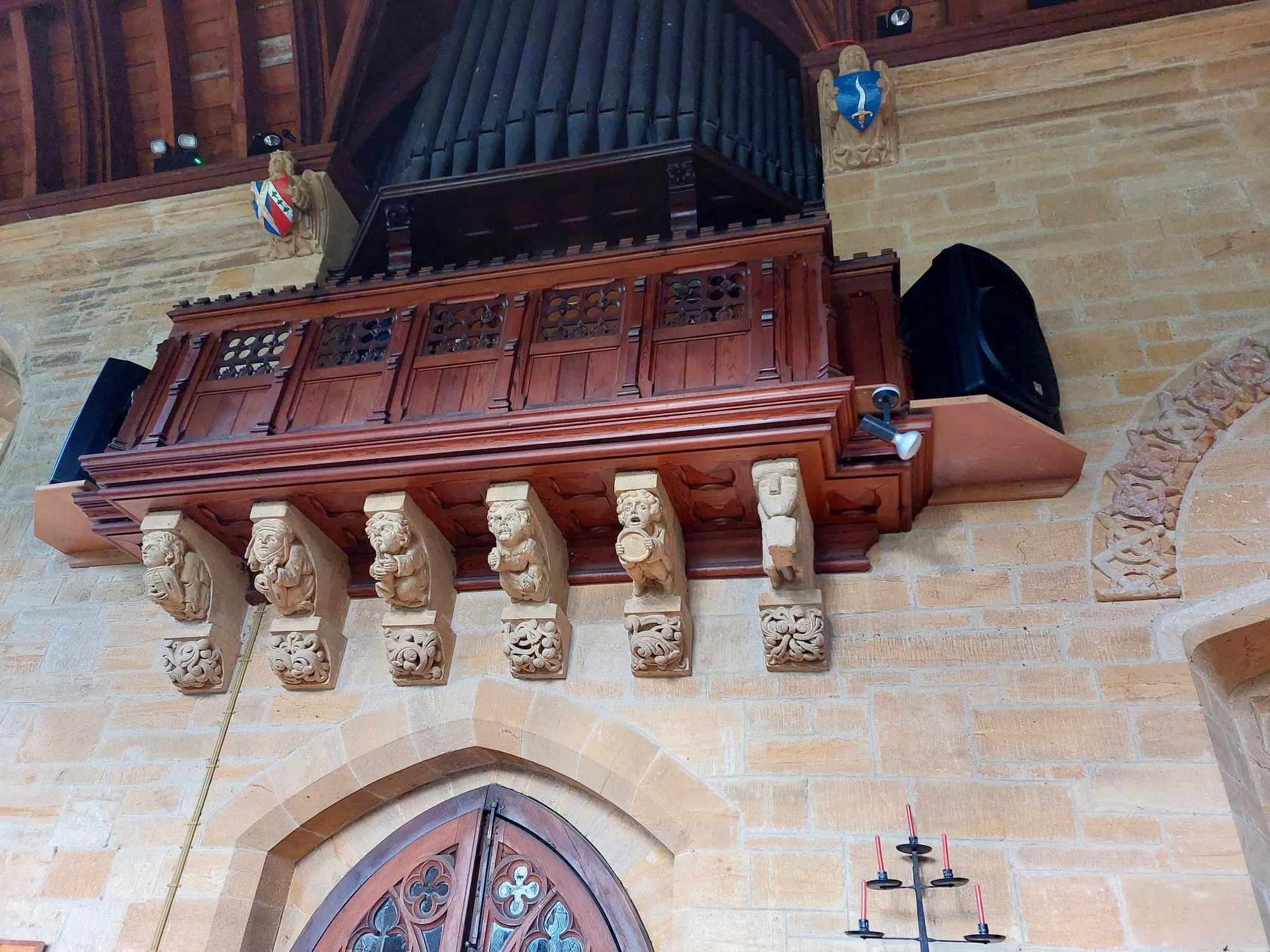
VCH III also says the 16th-century texts which adorn the reredos and the flanking niches with the inscribed commandments and religious text were re-set and partly re-cut during the 1870's restoration of the church (photos below). I had always understood the carved panels came from the Priory (along with the church bells) but I don't know where I got this information. There's nothing to support this in VCH and I may have misremembered that the texts were done at the time the Priory was dismantled rather than coming from the dismantled Priory?
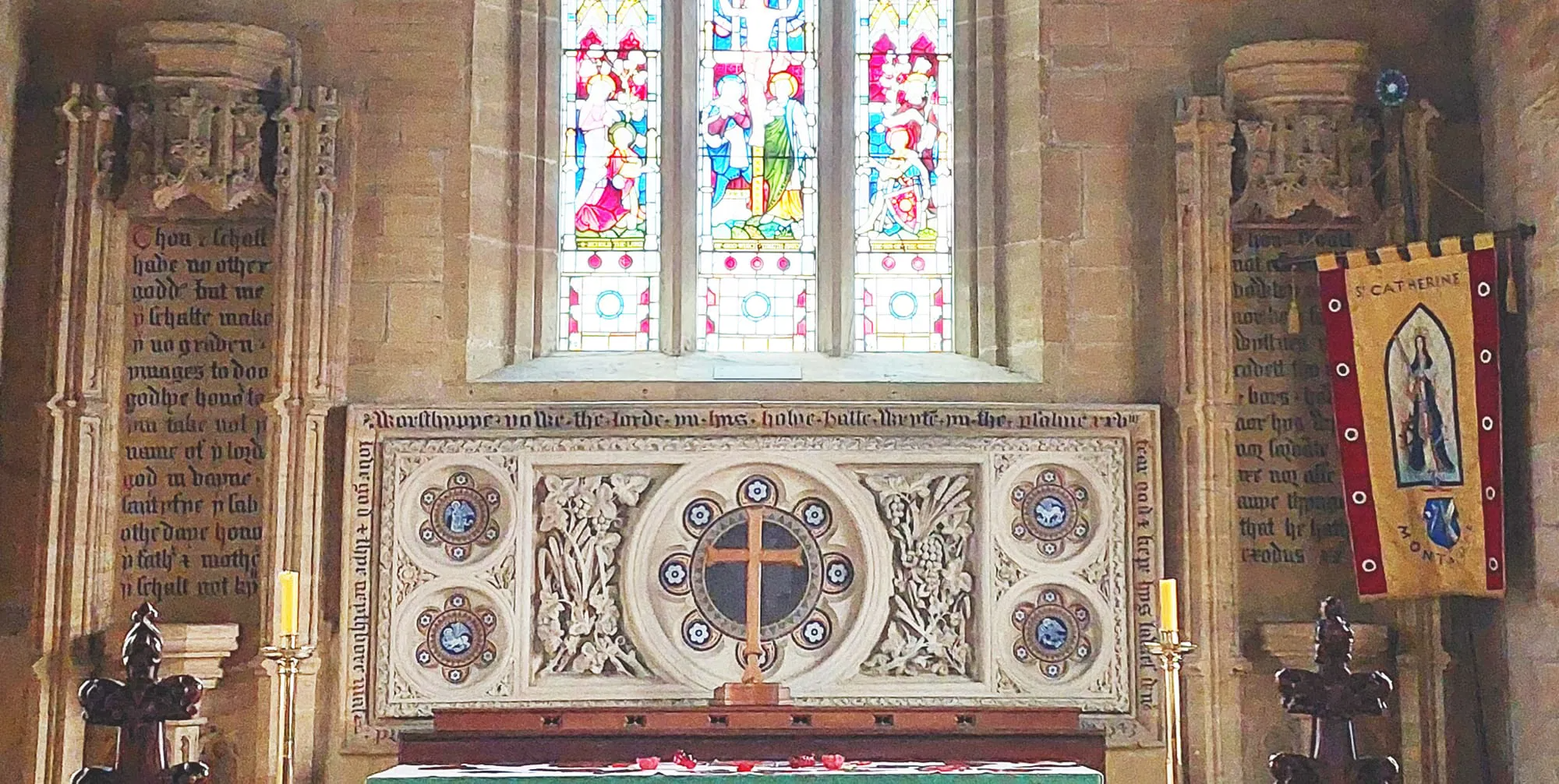
The beautiful carved and decorated panel behind the alter has a very interesting surround dated 1543; a 1911 report in SANHS says the words are as follows: along the top, "Worship ye the Lord in His Holy Hill-written in the Psalme xxviii." "Fear God and keep His laws." Dent. 6. "Love God and thy neighbour." Matt. 2"2. "Pray you for the good state of this whole Parish and all the Xtian Church, A.D. 1543." - I need to confirm the actual words.
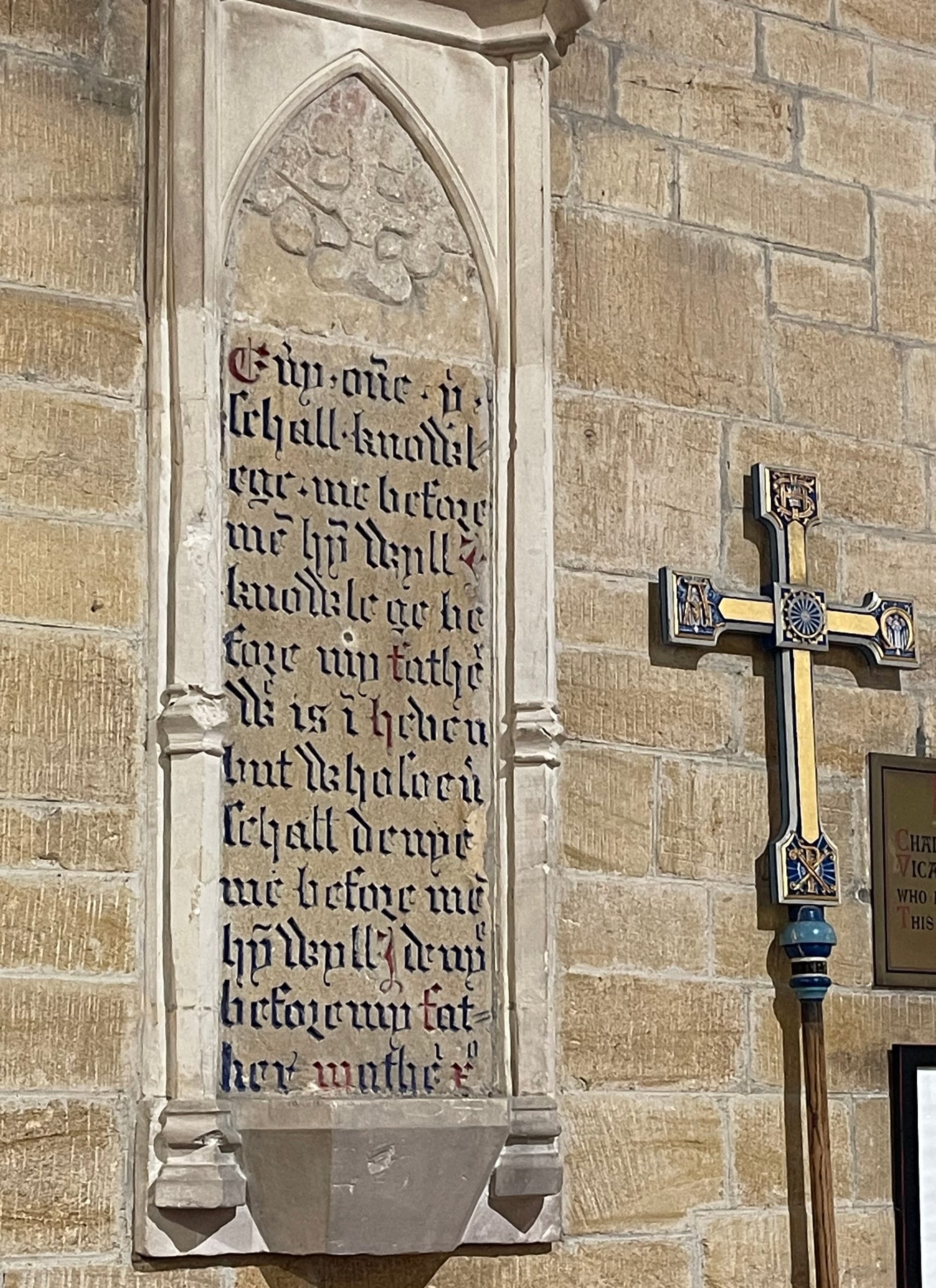
The photo above shows the re-set stone on the north wall of the chancel; the text on this one is Matthew 10:32-33. See bottom of page for an analysis attempting to date the text. Above the text has been set a piece of carved stone; SL tells me this could date back to the time when Glastonbury Church was established, around the early 8th century.
As well as many ancient tombs the churchyard, features of interest include what looks like a font but actually may be the inverted base of a 14th century stone pulpit (VCH III) and the remains of a 15th-century cross, with a tapered shaft, square base and recessed figure, that used to stand in front of the church (photo below).
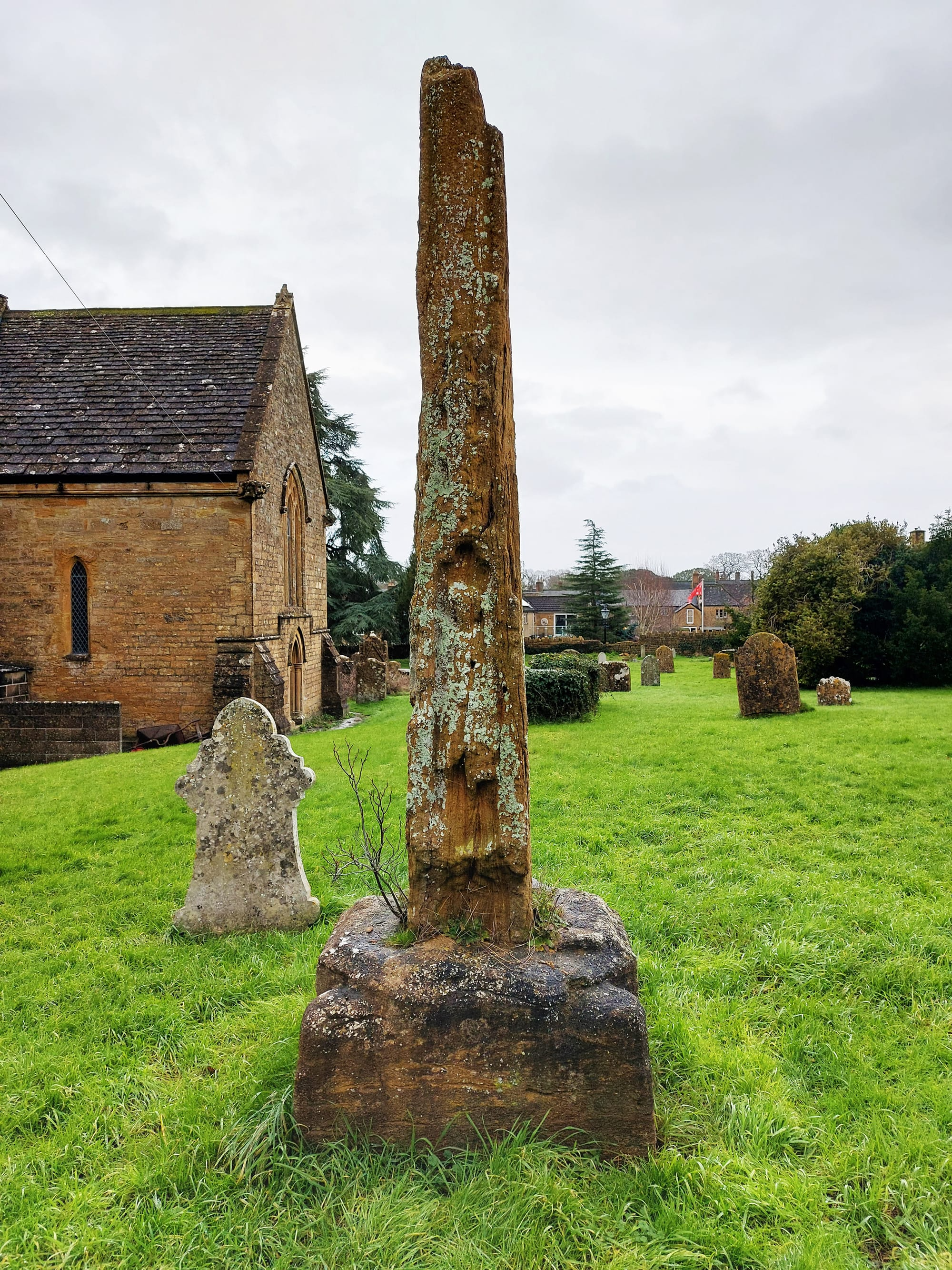
In a 2009 study of St Margaret's Church in Tintinhull by Caroe and Partners (Architects) it says that the cross was moved to this location in the churchyard specifically to prevent 'Fives' being played against this wall of the (15th century) tower; the lower bands of quatrefoils on the south side of the church tower had been removed in the 1800s by the sons of the vicar (Rev William Langdon 1790 – 1828) so that they could play this game against it. Fives is a ball game played against a wall like squash but played with a gloved hand instead of a racquet.
The earliest reference to St Catherine's Church is in the late 12th century and places it in the graveyard of the Cluniac Priory:
The earliest mention of a church of St Catherine is found in a manuscript quoted in Somerset Record Society publication, "Two cartularies of the Augustinian Priory of Bruton and the Cluniac Priory of Montacute in the county of Somerset". Their Montacute Charter 181 refers to Folio 116 which they translate as follows (with my notes bracketed and in italics):
Charter of Rainer, Bishop of Bath, concerning the grant and confirmation of churches and ecclesiastical benefices, chapels, tithes, pensions, in the aforesaid diocese. Rainer, Bishop of Bath, giving heed to the honesty and religion of the monks of Montacute, on their devout petition, confirms to them all the churches and ecclesiastical benefices which they have in his diocese, namely, the chapel of St. Katherine which is in their burial-place, the churches of Cynnohc (Chinnock?), Criche (Cricket St Thomas?), Mudiford (Mudford), Odecumbe (Odcombe), Cloueswrde (Closworth?), Tintenhelle (Tintinhull), and St. Olave in Yvelchester (Ilchester); the tithes of the demesne of Cynnocke, of Hescecumbe, and of Cridelincote, the tithe of Robert de Bello Campo's demesne of Merston, two parts of the tithes of the demesne of Cylterne (Chilton Cantelo?), a moiety of the tithes of Richard son of William's demesne of Cyselberge (Chiselborough?), the tithe of the said Richard's demesne of Clafforde and of Nortune (Norton?); the pensions, likewise, which they were wont to receive as well from the said churches as from other ecclesiastical benefices, namely, from the chapel of St. Katherine of Montacute one mark, from the church of Cynnoc forty shillings, from the church of Criche half a mark, from the church of Mudiford twenty shillings, from the church of Odecumbe forty shillings, from the church of Cloueswrde five shillings, from the church of St. Olave one pound of pepper, from the church of Gerlingstone (Yarlington?) ten shillings, from the tithe of the demesne of Birkehulle twelve pence. But concerning the church of Tintenhulle the bishop has, on the advice of prudent men, thus ordained, that, in place of the pension, the sacristan of Montacute, on the tenth day before the feast of St. Margaret, shall take the church into his hands, and hold it until the feast, on the feast-day itself, and on the morrow of the feast, with all and all manner of revenues which may accrue there as well from the living as the dead, excepting only the tithes. The bishop, however, has compassionately provided this arrangement towards the work of the sacristy, because it has become known to him, through many trustworthy persons, that the sacristan of Montacute receives little, indeed almost no rents, towards finding lights for the church. Witnesses :—Hugh, abbot of Muchelene ; Thomas, archdeacon of Wells ; Richard, dean of Wells ; Master Walter de Berl; William de Meleburne; John de Cumbe ; Baldwin, clerk of Stokes ; William, chaplain of Montacute ; David, the clerk.
The same charter is published in English Episcopal Acta Vol X, Bath and Wells 1061-1205 Ed. Frances M. R. Ramsey (see screenshot composite below). Bishop 'Rainer' of Bath probably refers to Reginald de Bohun (Bishop of Bath 1174-1191) and Richard, Dean of Wells was replaced by 1189 (p107) while elsewhere it says Thomas de Erlegh was Archdeacon of Wells from around 1169 (p.xivii) to 1198 (p.lv). 
Montacute Church plate is listed in E.H. Bates' 1898 publication in SANHS vol 44 pp179-181 along with a photo of an early 18th century ewer that had been donated by the Phelips family.
In the early 1870s the entire church was restyled by the Victorians; the screenshot below shows the original plans, available to view online in the Lambeth Palace library:
Analysis to date the text of Matthew 10:32-33 on the re-set stone on the north wall of the chancel:
I am trying to work out the age of this engraved text (Matthew 10:32-33); texts of this passage in15th century Wyclffe manuscripts and in Tyndale's 1525 Bible still use 'knowledge' but later Bibles use 'confess'. So that means it could have been carved before the reformation? I'm hoping to get a more accurate date from a study of the inscription. Special thanks to folk on facebook; JW explained what looks like "lk" is actually "w" of a very ornamental kind, on line 8 "lkholoeu" is "whosoeuer" with the s in the old long form and an abbreviation at the end, and the abbreviations at the end are of the latin 'mathew 10' . Also red characters indicate their sacredness.
So the actual carving is (I think)
Eũy oñe ỳ schall knoѠl⸗ ege me before mẽ hỹ Ѡyll I knoѠlege be fore my father Ѡo is ĩ heven but Ѡhosoeur schall denye me before mẽ hỹ Ѡyll I denye before my fat⸗ her mathei xo
Expanding the abbreviations, replacing n when indicated with the tilda diacrit on the preceding vowel, and using þ where the y symbol should sound as ‘th’ this becomes:
Eury one þt schall knowledge me before men him will I knowledge before my father who is in heven but whosoeur schall deny me before men him will I deny before my father mathei decimo
Tyndale (in a 1534 Bible) gives:
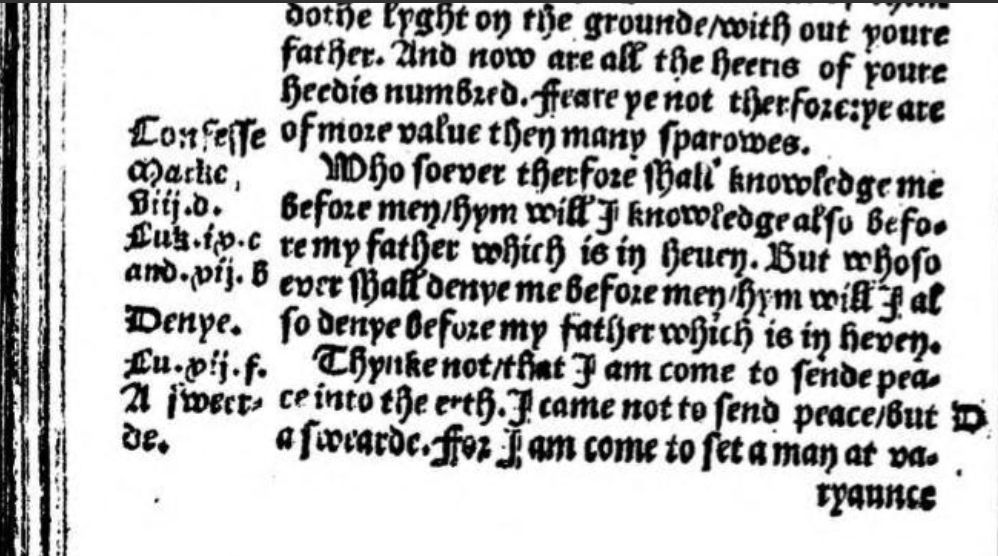
32 Who soever therfore shall knowledge me before men hym will I knowledge also before my father which is in heuen. 33 But whoso ever shall denye me before men hym will I also denye before my father which is in heven.
One of the Wycliffe translations gives:
32 Therfor euery man that schal knouleche me bifore men, Y schal knouleche hym bifor my fadir that is in heuenes. 33 But he that shal denye me bifor men, and I shal denye him bifor my fadir that is in heuenes.
Other Wycliffe versions are below (click pics for links to source manuscripts):
At the moment I think the text in the church is closer to the Tyndale version? So far this does not give me any evidence that the stones came from the Priory.

